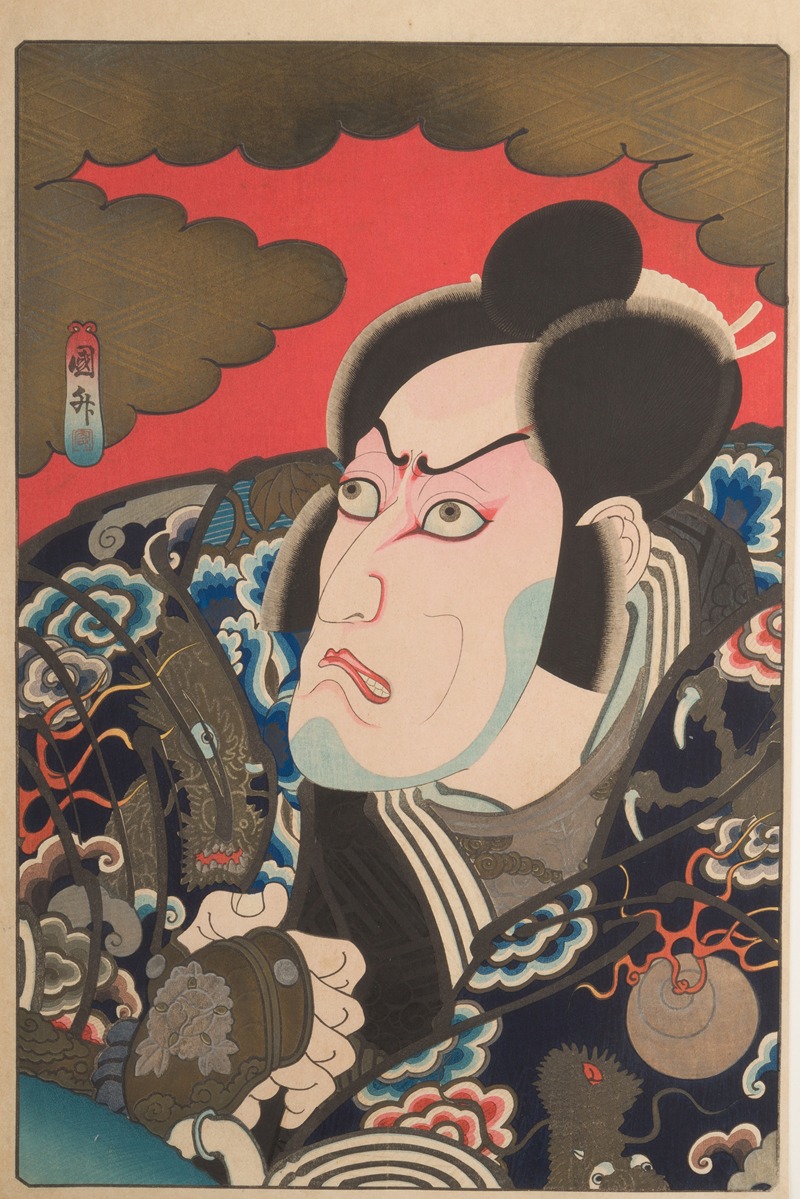Kabuki syndrome, characterized by distinctive facial features, developmental delays, and multisystem involvement, offers child neurologists a remarkable intersection of clinical genetics, pediatric neurology, and cultural history. Its historical narrative, enriched with personal anecdotes, begins with meticulous clinical observation and profound cultural resonance.
To read more, a subscription is needed: Click here to subscribe

